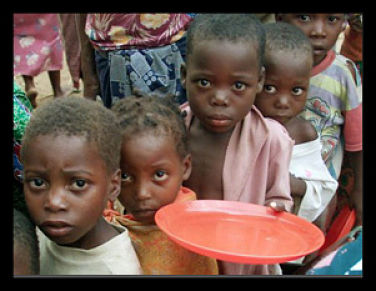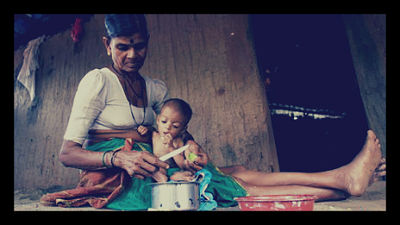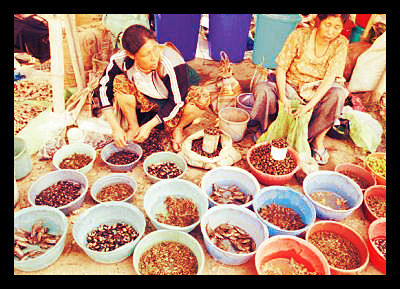Feed My Starving Children is a Christian nonprofit organization that aims to feed the hungry. The organization uses volunteers to hand-pack cost effective and easily shippable meals to malnourished children. These packages are then sent to 70 countries around the world.
Feed My Starving Children was first established in 1987 after businessman Richard Proudfit went on a mission trip to Honduras. There he was challenged by the hunger he saw and felt compelled to aid the starving. From then on, Proudfit and many others would work to create the perfect meal plan for the hungry.
By 1993, Cargill food scientist Dr. Richard Fulmer partnered with other scientists from Pillsbury and General Mills to develop “Fortified Rice Soy Casserole” for starving children. For the Feed My Starving Children organization, this nutritious mixture would be known as MannaPack, named after the miraculous food in the Bible. Next in the process would be the hunt for the ideal packaging. In 1994, 1 million plastic bags were donated by Green Giant. Soon, the first shipments of meals were sent off to Rwanda, Haiti, Belarus, and Paraguay.
The finalized product is made up of four primary parts: rice, extruded soy nuggets for protein, vitamins and minerals and vegetarian flavoring, and dehydrated vegetables. The bag of food is simple to prepare and provides a many life-saving calories and nutrition to starving children.
Since its early days, Feed My Starving Children has also developed other packaged meals such as its MannaPack Potato-W formula for weaning children and MannaPack Potato-D, the first and only food developed to help people recover from diarrhea. Furthermore, in 2012 alone, the organization has sent out 153,000,000 meals to countries around the world. One bag of food, which contains meals for 6 children, costs only $1.32 to produce.
Today Feed My Starving Children is one of the nation’s most trustworthy charities. It has earned Charity Navigator’s highest rating for eight straight years.
– Grace Zhao
Sources: Feed My Starving Children, Charity Navigator
Photo: Pitch Engine








